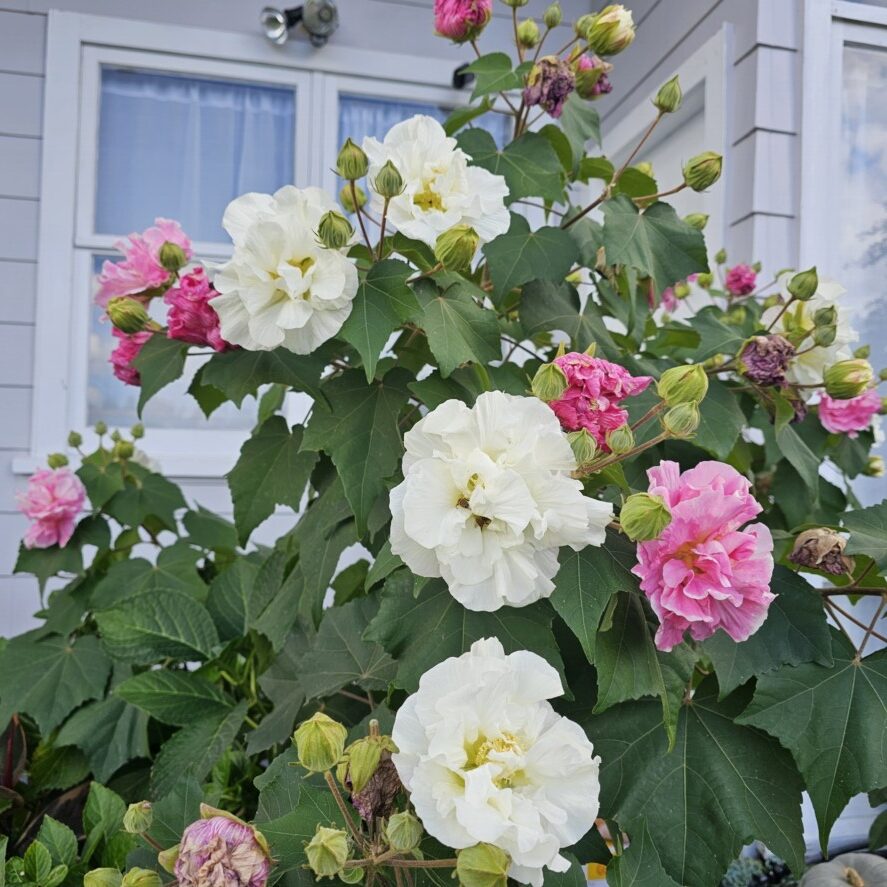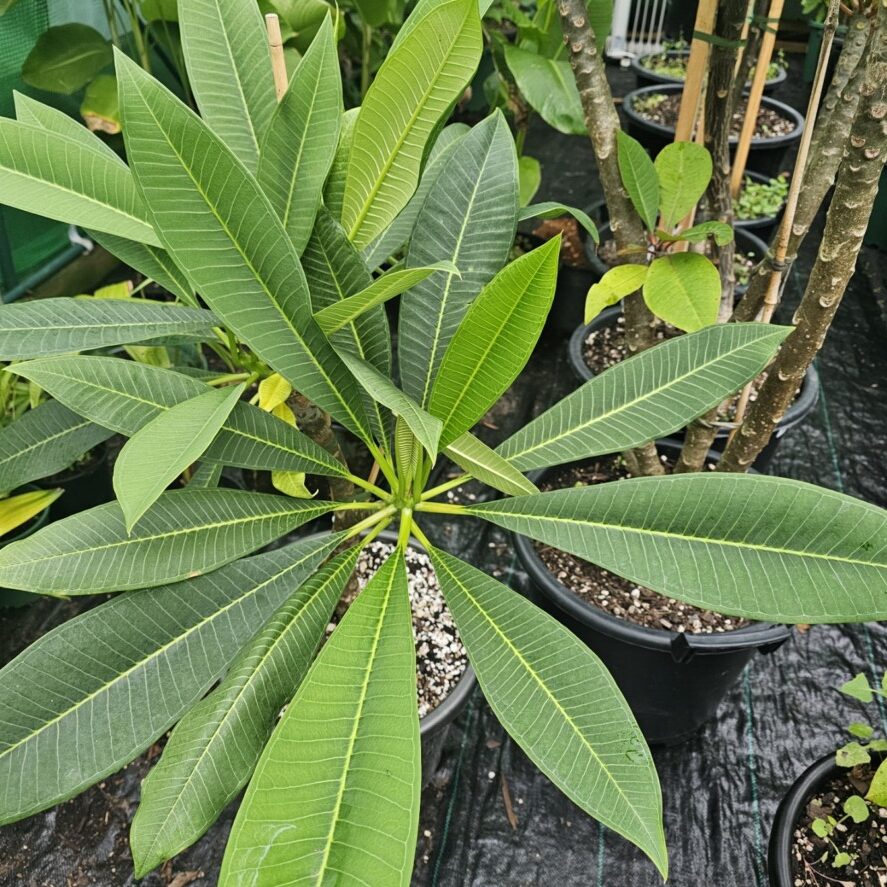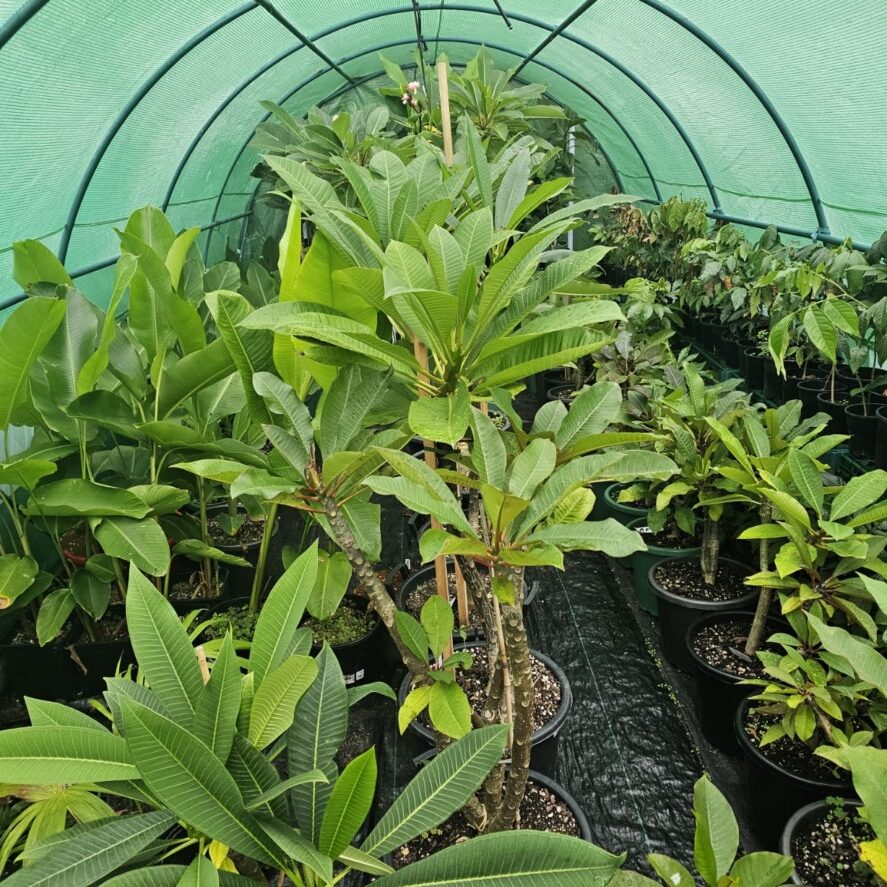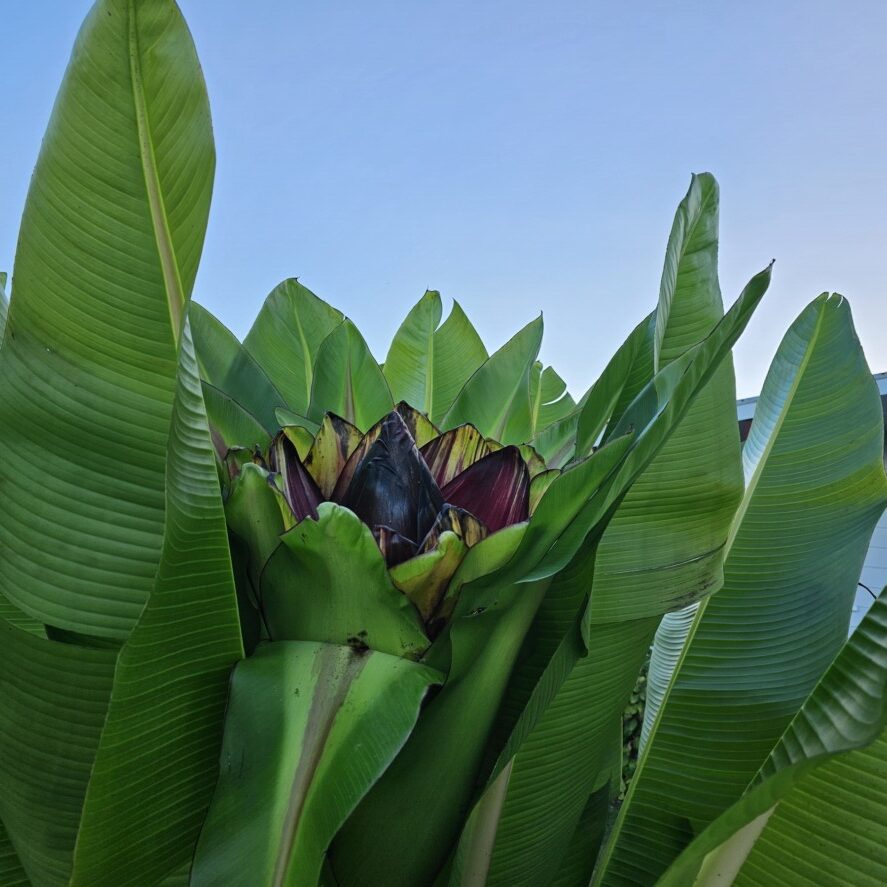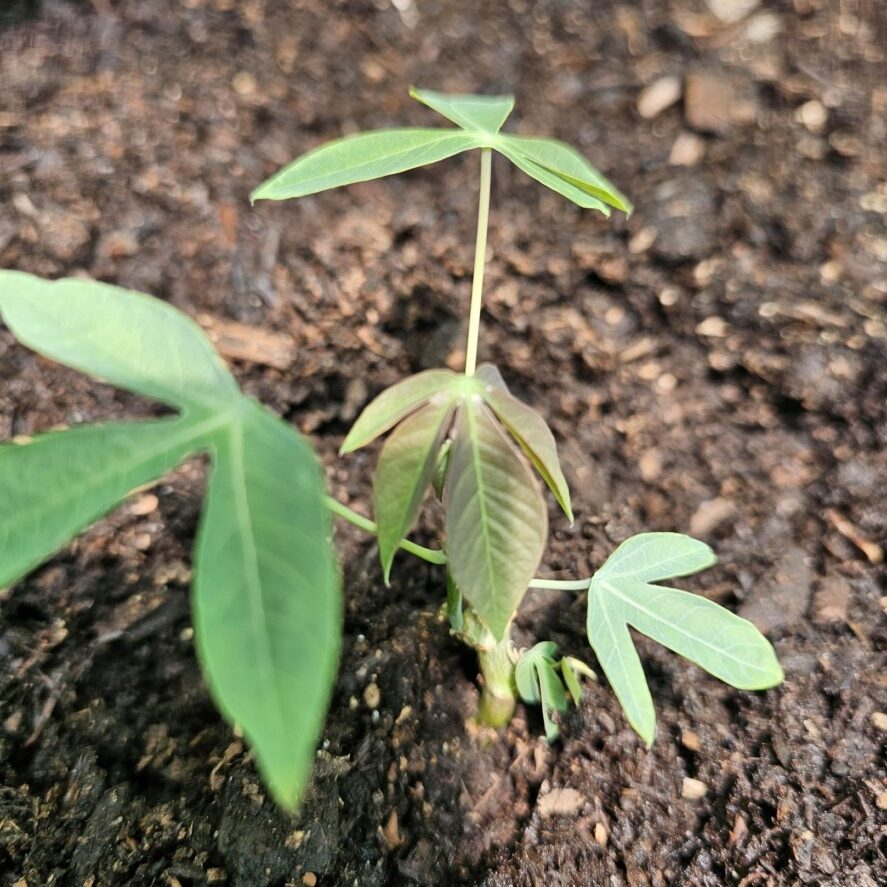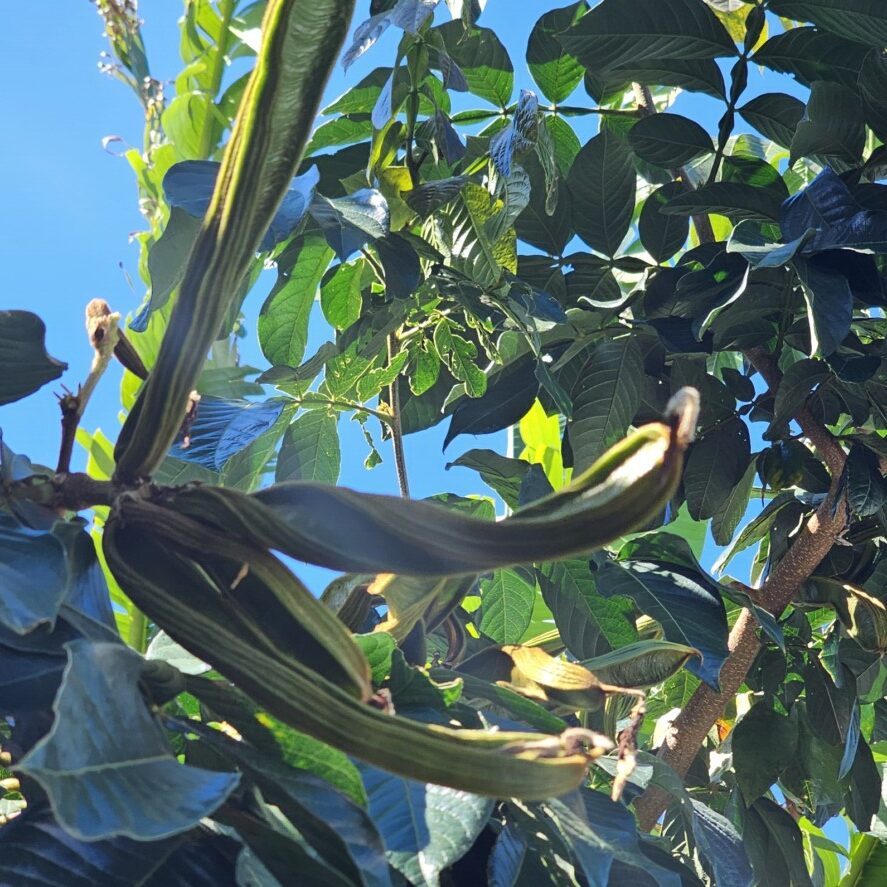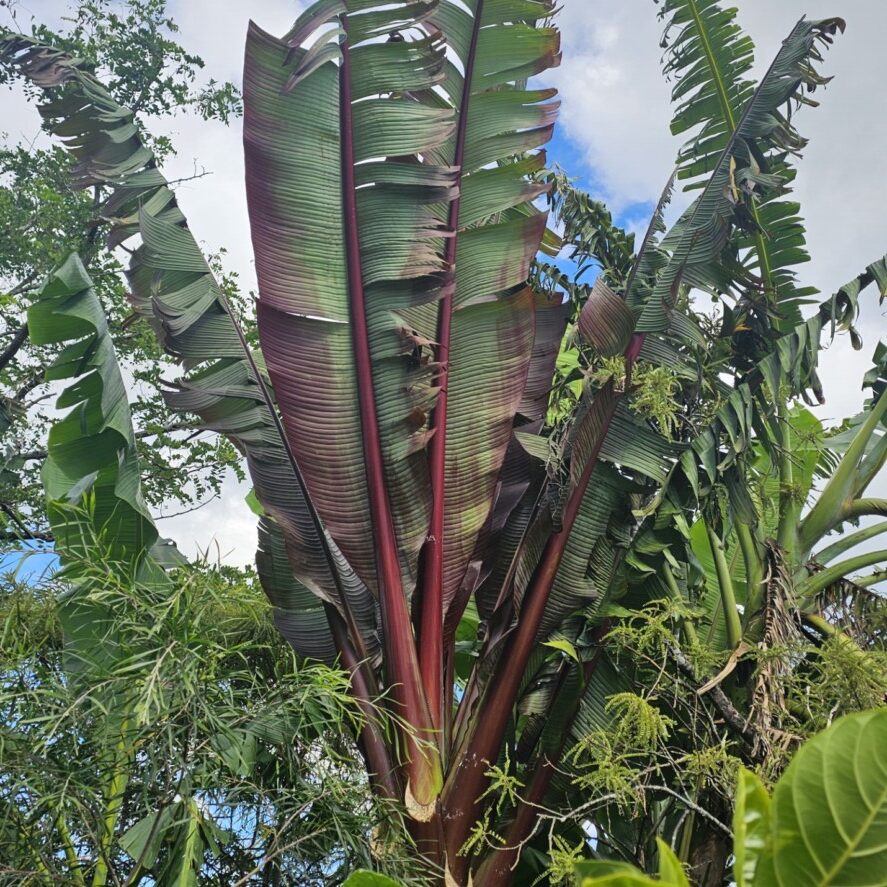-
Troppo Plant & Garden Articles
- Te Puke Region
- TROPPO’s Food Forest in Te Puke, BOP (www,foodforest.org.nz)
- Troppo’s Plant Collection
- TROPPO's Nursery Directory
- Food Forests of New Zealand (www.foodforests.nz)
- Nursery Map - Plant Suppliers of NZ Directory (www.nurserymap.nz)
- Kids Garden Corner
- New Zealand Garden Bird Survey
- New Zealand Garden Groups
- Delicious Recipes
Action Items for the Month of February Vege Planting in Bay of Plenty, NZ
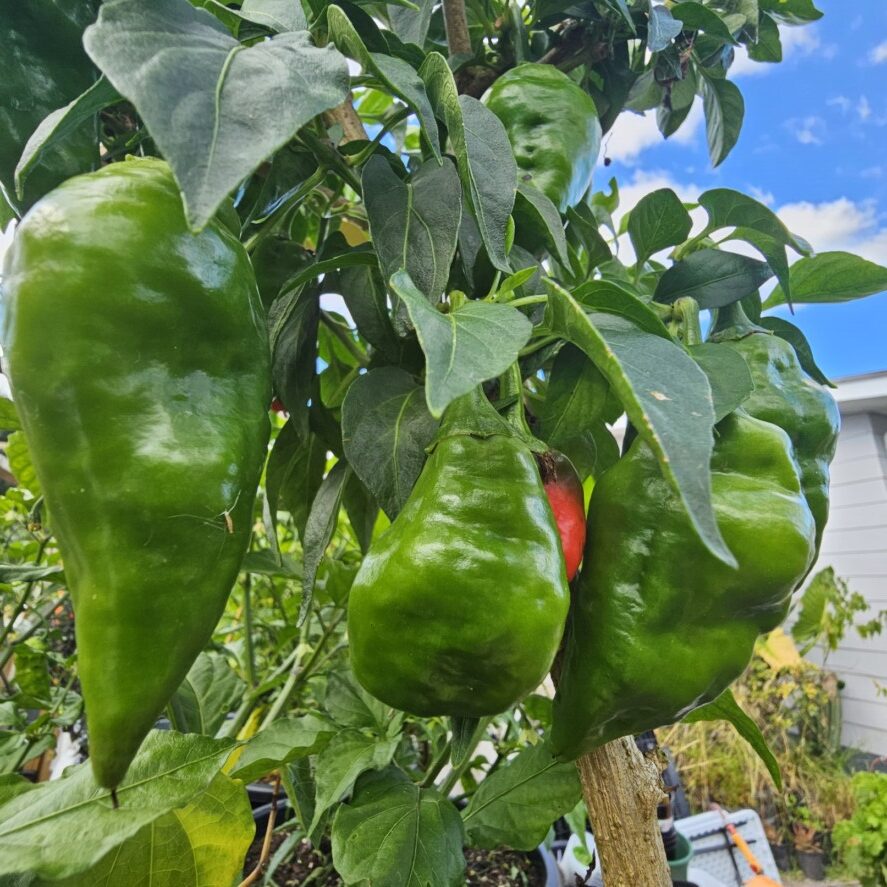
Welcome back to the Tropo blog! February in the Bay of Plenty is a fantastic time to get your hands dirty and plant some delicious veggies. The heat of summer is starting to ease, and the soil is still warm, creating perfect growing conditions for a variety of crops. Whether you’re a seasoned gardener or just starting out, this guide will give you clear action items to make the most of your February planting.
Let’s break it down week by week to keep things manageable:
Week 1 & 2: Getting the Ground Ready and Sowing Seeds Indoors
Even before you put anything directly in the ground, there are crucial steps to take:
- Assess Your Garden Beds: Walk around your garden. What space do you have available? Are there any areas that need weeding or have leftover crops from summer that need clearing out? Now’s the time to get organized.
- Soil Preparation is Key: February can still be quite dry. Ensure your soil is well-nourished and can retain moisture.
- Weed Thoroughly: Remove all weeds, including their roots, to prevent them from competing with your new seedlings.
- Improve Soil Structure: Dig in plenty of compost or well-rotted manure. This will add essential nutrients and improve drainage and water retention. Aim for a layer of at least 5-10 cm worked into the topsoil. You can often find good quality compost at local garden centers or even make your own!
- Consider Soil pH: While many vegetables thrive in slightly acidic to neutral soil (around 6.0-7.0), it’s a good idea to know your soil’s pH. You can purchase simple soil testing kits from garden stores.
- Start Seeds Indoors (Optional but Recommended for Some): Giving some plants a head start indoors can lead to earlier harvests. Consider sowing seeds for:
- Brassicas: Broccoli, cauliflower, and cabbage can benefit from an early start, especially for a late autumn/early winter harvest. Sow them in seed trays or small pots filled with seed-raising mix. Keep them in a warm, well-lit spot and water gently.
- Lettuce and Salad Greens: While you can sow these directly, starting some indoors can give you a continuous supply.
- Herbs: Basil, parsley, and coriander can also be started indoors.
Week 3 & 4: Direct Sowing and Transplanting Seedlings
With your soil prepped and seedlings ready (or seeds in hand), it’s time to get planting directly into the garden:
- Direct Sow These Vegetables: These veggies generally prefer to be sown directly into the garden bed:
- Root Vegetables: Carrots, radishes, and beetroot. Ensure the soil is loose and free of stones for good root development. Sow seeds according to packet instructions for spacing and depth.
- Leafy Greens: Lettuce, spinach, and silverbeet (chard). Choose varieties that are bolt-resistant as the weather can still be warm. Sow in rows or blocks, following packet instructions.
- Asian Greens: Pak choi, bok choy, and mizuna are fast-growing and do well in February.
- Beans and Peas: While the main bean and pea season might be winding down, you can often get a late crop by sowing seeds now. Choose bush bean varieties for quicker maturity. Ensure they have support if needed (for climbing varieties).
- Sweetcorn (Early Varieties): If you’re in a warmer part of the Bay of Plenty, you might still have time for an early-maturing sweetcorn variety. Ensure they have plenty of space and sunlight.
- Transplant Your Indoor Seedlings: Once your seedlings have developed a few sets of true leaves and the weather is mild, it’s time to transplant them into your prepared garden beds.
- Harden Off: Before transplanting, gradually acclimatize your seedlings to outdoor conditions over a week or so. Place them in a sheltered spot outdoors for increasing periods each day.
- Plant Carefully: Dig holes slightly larger than the seedling pots. Gently remove the seedlings and place them in the holes, ensuring the top of the root ball is level with the surrounding soil. Water them in well.
- Space Correctly: Follow the spacing recommendations on the seed packets or seedling labels to ensure your plants have enough room to grow.
- Watering is Crucial: February can still bring hot and dry spells. Water your newly planted seeds and seedlings regularly, especially in the mornings or evenings. Aim for deep watering rather than frequent shallow watering to encourage strong root growth.
- Mulch for Moisture Retention and Weed Suppression: Applying a layer of organic mulch (such as straw, wood chips, or shredded leaves) around your plants will help retain soil moisture, suppress weeds, and regulate soil temperature.
Ongoing Care Throughout February:
- Monitor for Pests and Diseases: Keep an eye out for common garden pests like aphids, whitefly, and slugs. Address any issues early with organic pest control methods if possible. Similarly, watch for signs of fungal diseases, especially in humid conditions. Ensure good air circulation around your plants.
- Regular Watering: Continue to water deeply and regularly, especially during dry periods.
- Succession Planting: To ensure a continuous harvest of leafy greens and radishes, consider sowing small batches of seeds every few weeks.
- Support Climbing Plants: If you’re growing climbing beans or peas, ensure they have adequate support structures like trellises or stakes.
February in the Bay of Plenty offers a wonderful opportunity to extend your growing season and enjoy fresh, homegrown vegetables. By following these action items, you’ll be well on your way to a bountiful harvest. Happy gardening!
#FebruaryPlanting #BayOfPlentyGardening #NZGardening #VegeGarden #GrowYourOwn #TropoNZ #GardenTips #SummerToAutumnPlanting

